Home>Furniture & Design>Outdoor Furniture>What Material Is Used For Outdoor Basketball Courts
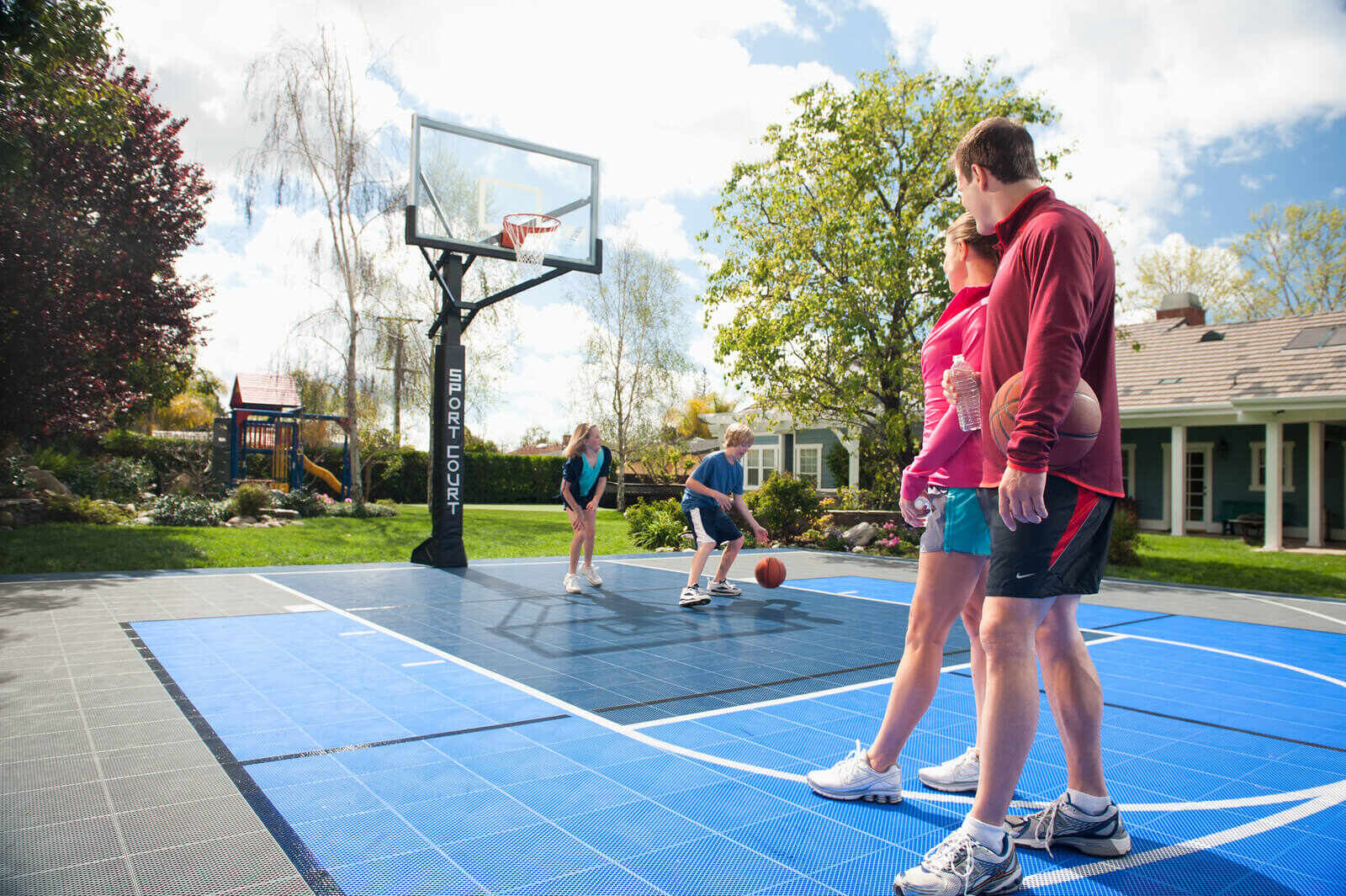

Outdoor Furniture
What Material Is Used For Outdoor Basketball Courts
Modified: February 12, 2024
Discover the best materials for outdoor basketball courts and make the most of your outdoor space with durable and stylish outdoor furniture and design. Explore your options now!
(Many of the links in this article redirect to a specific reviewed product. Your purchase of these products through affiliate links helps to generate commission for Storables.com, at no extra cost. Learn more)
Introduction
When it comes to outdoor basketball courts, the choice of materials plays a pivotal role in the court's performance, durability, and overall aesthetics. The selection of the right material is crucial for ensuring the safety and satisfaction of players, as well as the longevity of the court. Each material has its own unique characteristics, offering distinct advantages and considerations.
In this comprehensive guide, we will delve into the various materials used for outdoor basketball courts, shedding light on their properties, benefits, and potential drawbacks. Whether you are a sports facility manager, a community planner, or a basketball enthusiast looking to install a court in your backyard, understanding the different materials available will empower you to make an informed decision that aligns with your specific requirements.
Join us as we explore the world of outdoor basketball court materials, uncovering the secrets behind their construction, performance, and maintenance. Let's dribble into the details and discover the best material for your outdoor basketball court!
Key Takeaways:
- Choose the Right Material for Your Outdoor Basketball Court
Selecting the best material, such as concrete, asphalt, polyurethane, acrylic, or rubber tiles, can impact safety, durability, and customization options. Consider shock absorption, maintenance, and long-term performance for an enjoyable playing experience. - Ensure Longevity and Enjoyment of Your Basketball Court
Proper installation, regular maintenance, and proactive care are crucial for preserving the performance and aesthetics of outdoor basketball courts. Consulting with experienced professionals and considering factors like shock absorption and customization possibilities can ensure a safe, visually appealing, and enjoyable playing surface for years to come.
Concrete
Concrete is a popular choice for outdoor basketball courts due to its durability, versatility, and cost-effectiveness. It provides a solid foundation for the court, offering a stable surface that can withstand heavy use and varying weather conditions. The installation of a concrete basketball court involves meticulous planning and precise construction to ensure optimal performance and longevity.
Benefits of Concrete:
- Durability: Concrete courts are highly resistant to wear and tear, making them suitable for high-traffic areas.
- Low Maintenance: Once properly installed, concrete courts require minimal maintenance, saving time and resources in the long run.
- All-Weather Performance: Concrete surfaces can withstand exposure to diverse weather conditions, including rain, heat, and cold, without significant damage.
- Customization Options: Concrete courts can be customized with various finishes, colors, and line markings to meet specific design preferences and regulatory standards.
Despite its numerous advantages, concrete courts may pose certain challenges, particularly in terms of shock absorption and player comfort. The hardness of the surface can lead to increased impact on players’ joints and muscles, potentially causing fatigue and discomfort during extended play.
Additionally, concrete courts may require proper sealing and periodic resurfacing to maintain their performance and appearance over time. Without adequate maintenance, cracks, surface irregularities, and color fading may occur, compromising the court’s functionality and visual appeal.
When considering a concrete basketball court, it is essential to consult with experienced professionals to ensure proper installation and ongoing maintenance. By addressing potential issues proactively, concrete courts can offer a reliable and long-lasting playing surface for basketball enthusiasts of all ages.
Asphalt
Asphalt is a popular choice for outdoor basketball courts, valued for its resilience, smooth surface, and ability to withstand heavy use. The installation of an asphalt basketball court involves meticulous planning and precise construction to ensure optimal performance and longevity. Let’s explore the benefits and considerations associated with asphalt courts.
Benefits of Asphalt:
- Durability: Asphalt courts are highly resistant to wear and tear, making them suitable for high-traffic areas.
- Smooth Playing Surface: Asphalt provides a relatively smooth and consistent surface, facilitating dribbling, pivoting, and overall gameplay.
- Cost-Effectiveness: Compared to some other materials, asphalt offers a cost-effective solution for outdoor basketball court construction.
- Quick Installation: Asphalt courts can be installed within a reasonable timeframe, minimizing disruptions and allowing for swift utilization.
While asphalt courts offer numerous advantages, they also present certain challenges. One notable consideration is the potential for surface irregularities and deterioration over time. Without proper maintenance, issues such as cracks, potholes, and color fading may arise, impacting both the aesthetics and functionality of the court.
Furthermore, the hardness of the asphalt surface may affect shock absorption, potentially leading to increased impact on players’ joints and muscles. This aspect can influence player comfort and overall safety, especially during intense or prolonged gameplay sessions.
Proper installation, regular maintenance, and occasional resurfacing are essential for preserving the performance and appearance of asphalt basketball courts. By addressing these aspects conscientiously, the longevity and functionality of the court can be upheld, providing a reliable and enjoyable playing surface for basketball enthusiasts.
Polyurethane
Polyurethane has gained popularity as a versatile and high-performance material for outdoor basketball courts. Its unique properties make it a preferred choice for facilities seeking a durable, resilient, and low-maintenance playing surface. Let’s explore the benefits and considerations associated with polyurethane courts.
Benefits of Polyurethane:
- Shock Absorption: Polyurethane courts offer excellent shock absorption, reducing the impact on players’ joints and minimizing the risk of injuries.
- Durability: Polyurethane surfaces are highly resistant to wear and tear, ensuring long-term performance and minimal maintenance requirements.
- Customizable: Polyurethane courts can be customized with various colors, designs, and line markings, allowing for personalized and visually appealing court configurations.
- All-Weather Performance: Polyurethane surfaces can withstand diverse weather conditions, maintaining their integrity and playability in varying climates.
Despite its numerous advantages, polyurethane courts may involve higher initial installation costs compared to some other materials. However, the long-term benefits, including reduced maintenance expenses and extended longevity, often justify the initial investment.
It is important to note that the performance of polyurethane courts can be influenced by factors such as UV exposure, temperature fluctuations, and heavy use. Regular inspections and proactive maintenance are crucial for preserving the surface’s integrity and performance over time.
When considering a polyurethane basketball court, consulting with experienced professionals is essential to ensure proper installation and ongoing maintenance. By addressing potential issues proactively, polyurethane courts can provide a safe, resilient, and visually appealing playing surface for basketball enthusiasts of all skill levels.
When building an outdoor basketball court, it’s important to use materials that can withstand the elements. Concrete and asphalt are commonly used for the court surface, while acrylic or rubber tiles are also popular options. These materials are durable and provide good traction for players.
Acrylic
Acrylic is a versatile and popular material for outdoor basketball courts, known for its resilience, vibrant appearance, and all-weather performance. The installation of an acrylic basketball court involves meticulous planning and precise construction to ensure optimal durability and playability. Let’s explore the benefits and considerations associated with acrylic courts.
Benefits of Acrylic:
- Resilience: Acrylic courts are highly resistant to wear and tear, making them suitable for high-traffic areas and intense gameplay.
- Color Options: Acrylic surfaces offer a wide range of color options, allowing for customized designs and vibrant court configurations.
- UV Resistance: Acrylic surfaces are designed to withstand UV exposure, maintaining their color integrity and visual appeal over time.
- Quick Installation: Acrylic courts can be installed within a reasonable timeframe, minimizing disruptions and allowing for swift utilization.
While acrylic courts offer numerous advantages, they also present certain considerations. The hardness of the surface may impact shock absorption, potentially leading to increased impact on players’ joints and muscles. This aspect can influence player comfort and overall safety, especially during intense or prolonged gameplay sessions.
Proper installation, regular maintenance, and occasional resealing are essential for preserving the performance and appearance of acrylic basketball courts. By addressing these aspects conscientiously, the longevity and functionality of the court can be upheld, providing a reliable and visually appealing playing surface for basketball enthusiasts.
Rubber Tiles
Rubber tiles have emerged as a popular choice for outdoor basketball courts, offering a resilient, shock-absorbing, and low-maintenance playing surface. The installation of a rubber tile basketball court involves meticulous planning and precise construction to ensure optimal performance and durability. Let’s explore the benefits and considerations associated with rubber tile courts.
Benefits of Rubber Tiles:
- Shock Absorption: Rubber tile courts provide excellent shock absorption, reducing the impact on players’ joints and minimizing the risk of injuries.
- Durability: Rubber tiles are highly resistant to wear and tear, ensuring long-term performance and minimal maintenance requirements.
- Modular Design: Rubber tiles offer a modular design, allowing for easy installation, replacement, and customization of court configurations.
- All-Weather Performance: Rubber tile surfaces can withstand diverse weather conditions, maintaining their integrity and playability in varying climates.
One of the key advantages of rubber tile courts is their ability to offer a comfortable and forgiving playing surface, enhancing player safety and overall enjoyment. The modular nature of rubber tiles also allows for efficient maintenance, as individual tiles can be replaced if damaged, minimizing downtime and repair costs.
While rubber tile courts offer numerous benefits, it is important to ensure that the sub-base and installation process are carefully executed to prevent issues such as shifting tiles or uneven surfaces. Additionally, proper drainage considerations are essential to prevent water accumulation and maintain the integrity of the court over time.
When considering a rubber tile basketball court, consulting with experienced professionals is crucial to ensure proper installation, sub-base preparation, and ongoing maintenance. By addressing these aspects proactively, rubber tile courts can provide a safe, resilient, and low-maintenance playing surface for basketball enthusiasts of all ages.
Conclusion
Choosing the right material for an outdoor basketball court is a decision that significantly impacts the playing experience, safety, and longevity of the facility. Each material offers unique characteristics, benefits, and considerations, providing sports facility managers, community planners, and basketball enthusiasts with a range of options to consider.
Concrete, asphalt, polyurethane, acrylic, and rubber tiles each have their own strengths, making them suitable for different environments, usage levels, and design preferences. Concrete and asphalt courts are known for their durability and cost-effectiveness, while polyurethane and acrylic surfaces offer superior shock absorption and customizable designs. Rubber tiles provide a resilient, low-maintenance solution with modular flexibility.
When evaluating the options, it is essential to consider factors such as shock absorption, durability, maintenance requirements, customization possibilities, installation costs, and long-term performance. Additionally, climate considerations, usage patterns, and aesthetic preferences play a crucial role in the decision-making process.
Regardless of the chosen material, proper installation, regular maintenance, and proactive care are essential for preserving the performance and aesthetics of the outdoor basketball court. Consulting with experienced professionals and adhering to industry best practices can ensure that the court delivers a safe, enjoyable, and visually appealing playing surface for years to come.
By understanding the characteristics and considerations associated with each material, decision-makers can make informed choices that align with their specific needs and priorities. Whether it’s a community basketball court, a school facility, or a residential backyard court, the selection of the right material sets the foundation for countless hours of spirited gameplay, skill development, and memorable moments on the court.
As the world of outdoor basketball court materials continues to evolve, advancements in technology and design are shaping the future of sports surfaces, offering innovative solutions that elevate the playing experience and promote the love of the game.
Frequently Asked Questions about What Material Is Used For Outdoor Basketball Courts
Was this page helpful?
At Storables.com, we guarantee accurate and reliable information. Our content, validated by Expert Board Contributors, is crafted following stringent Editorial Policies. We're committed to providing you with well-researched, expert-backed insights for all your informational needs.
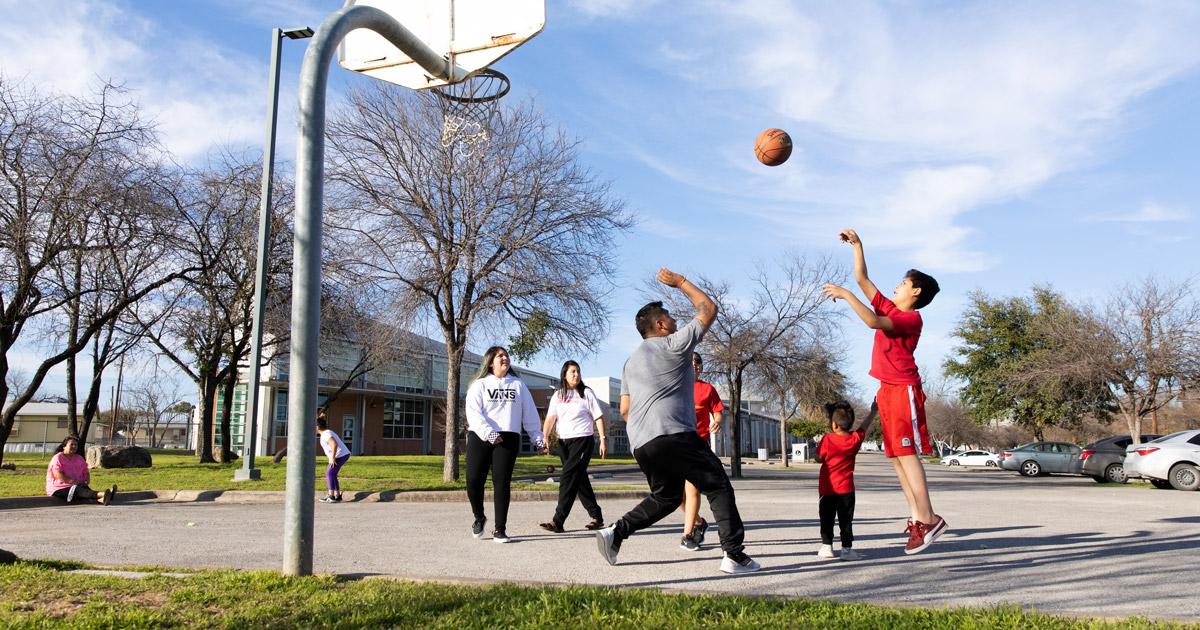
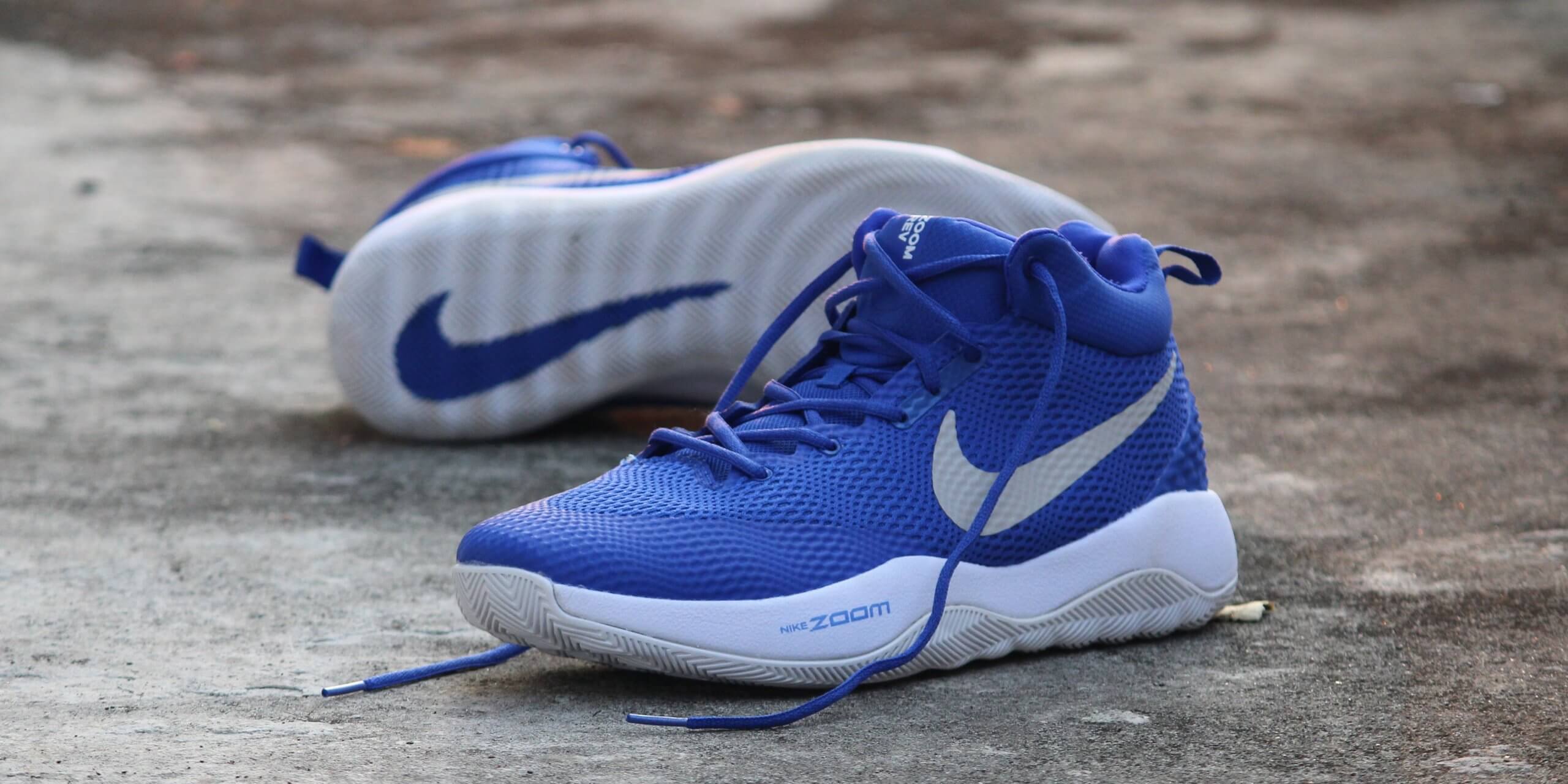
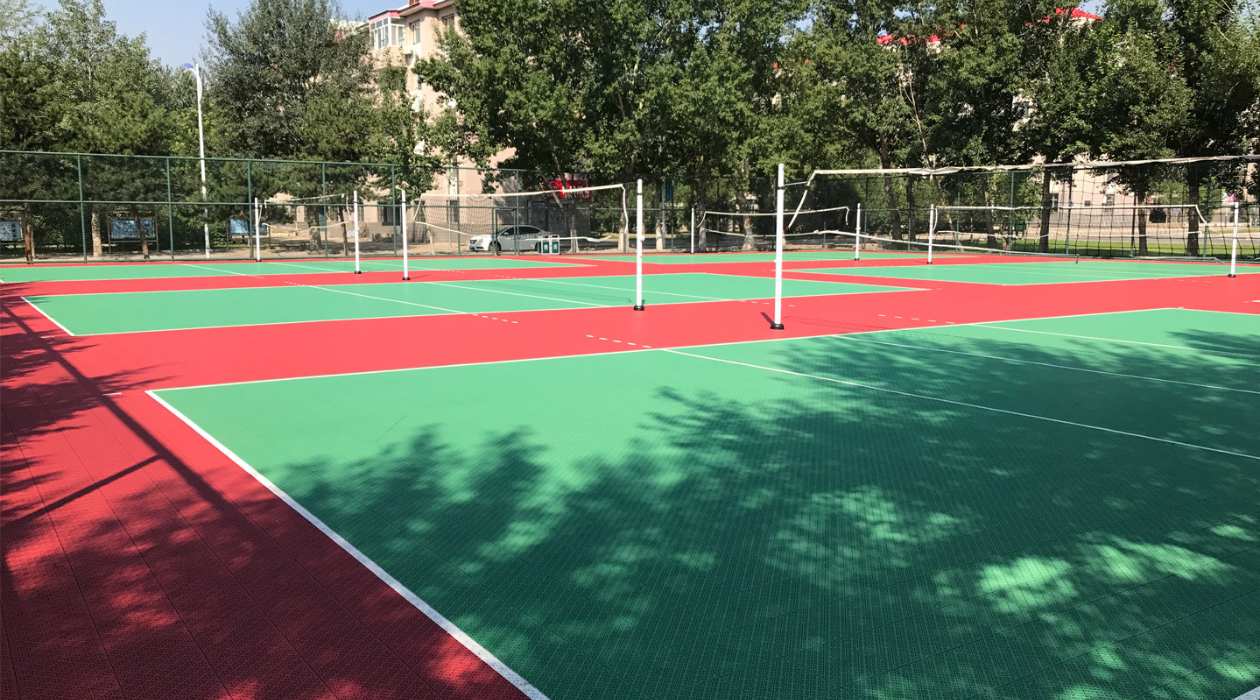
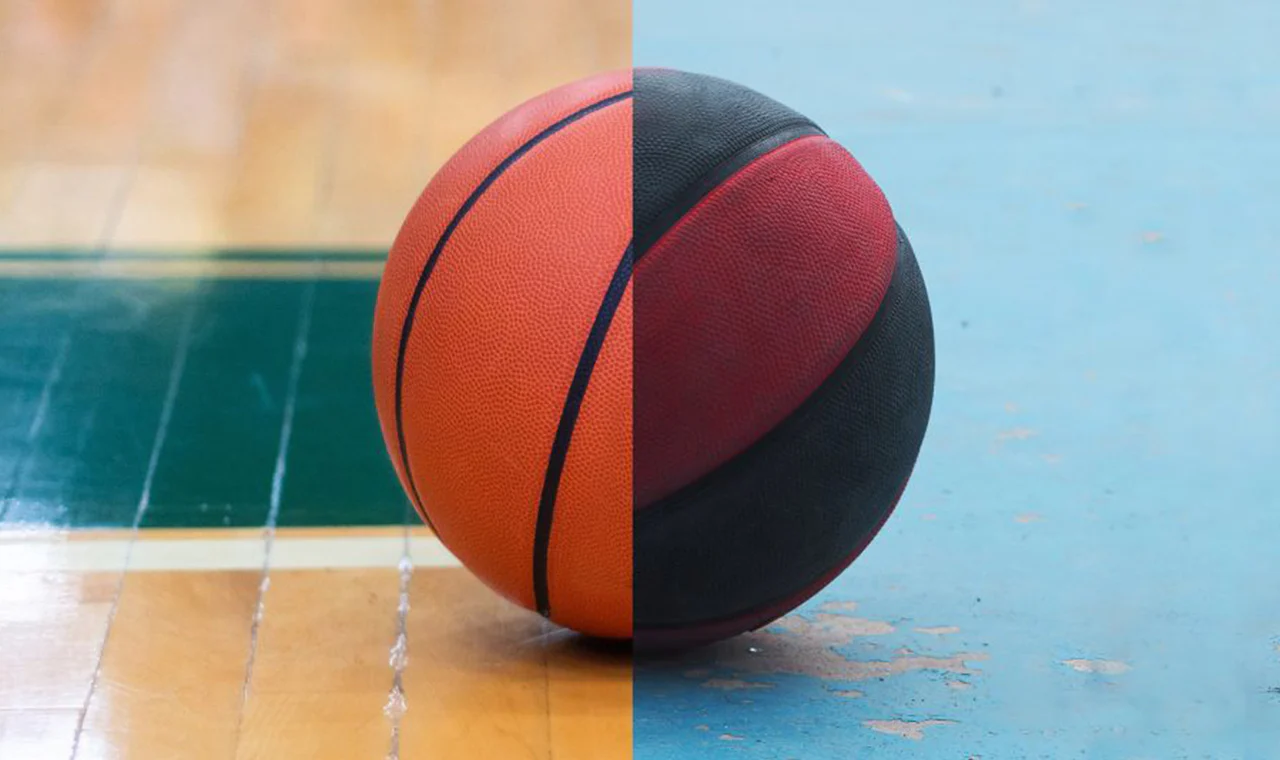
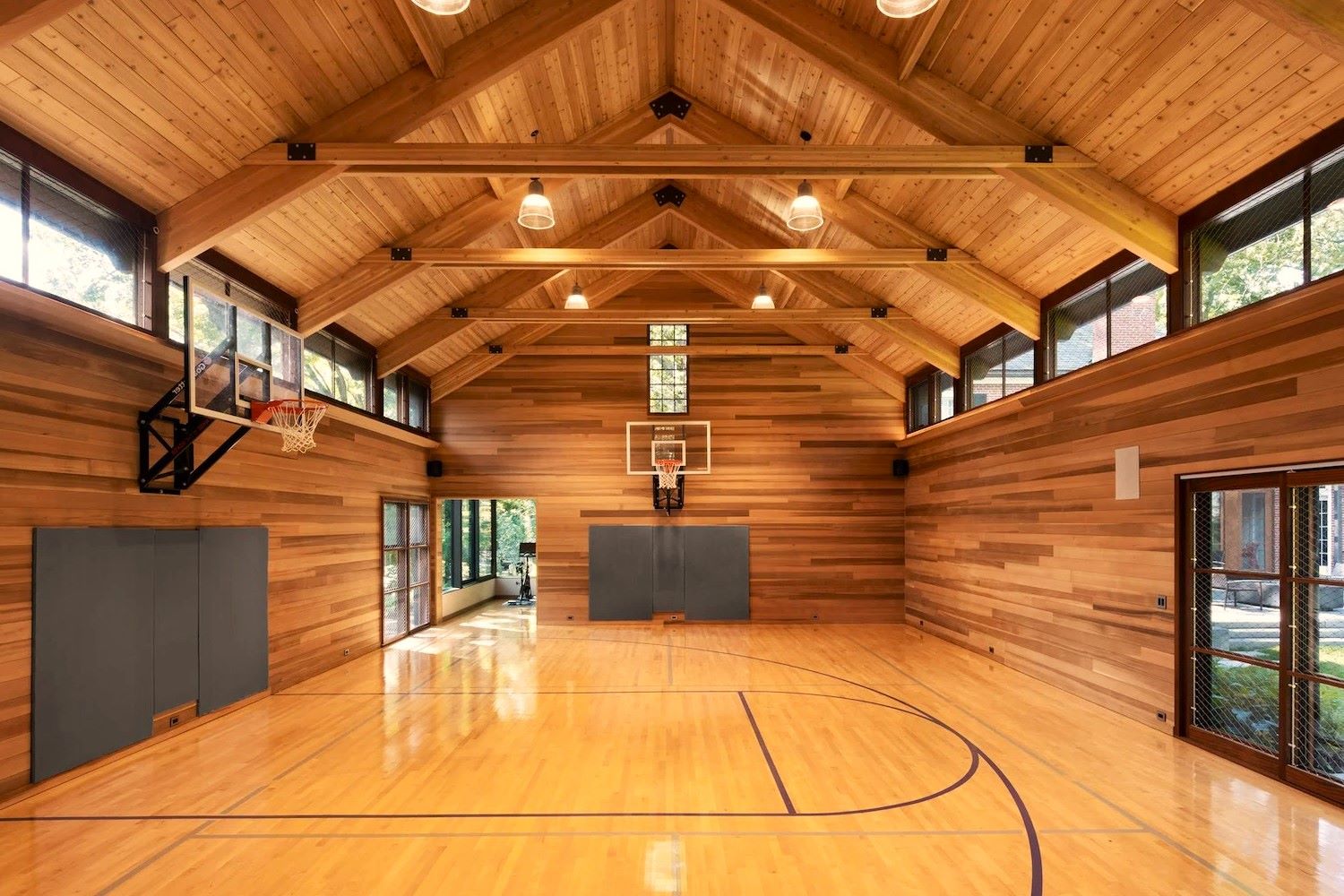
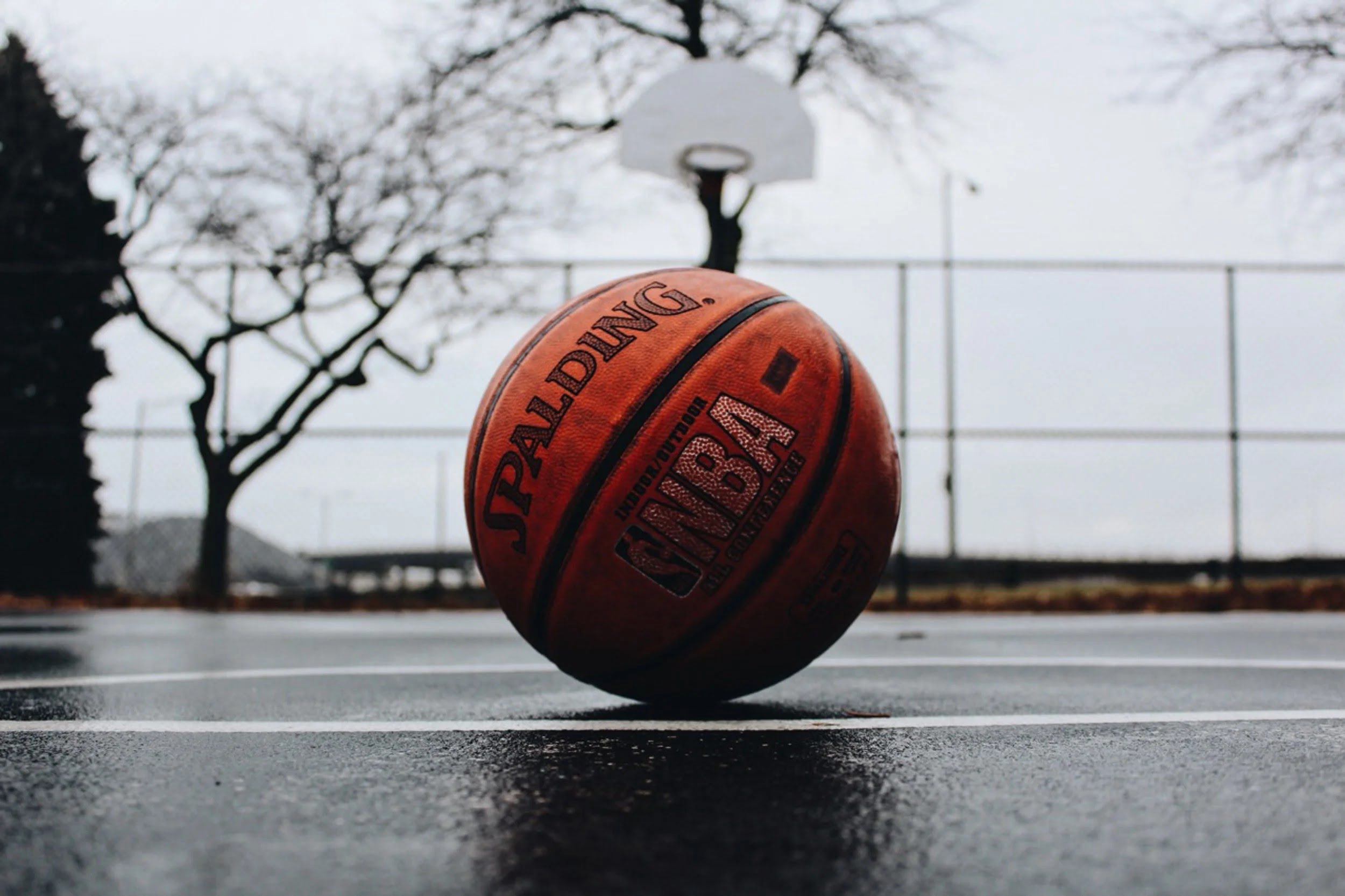
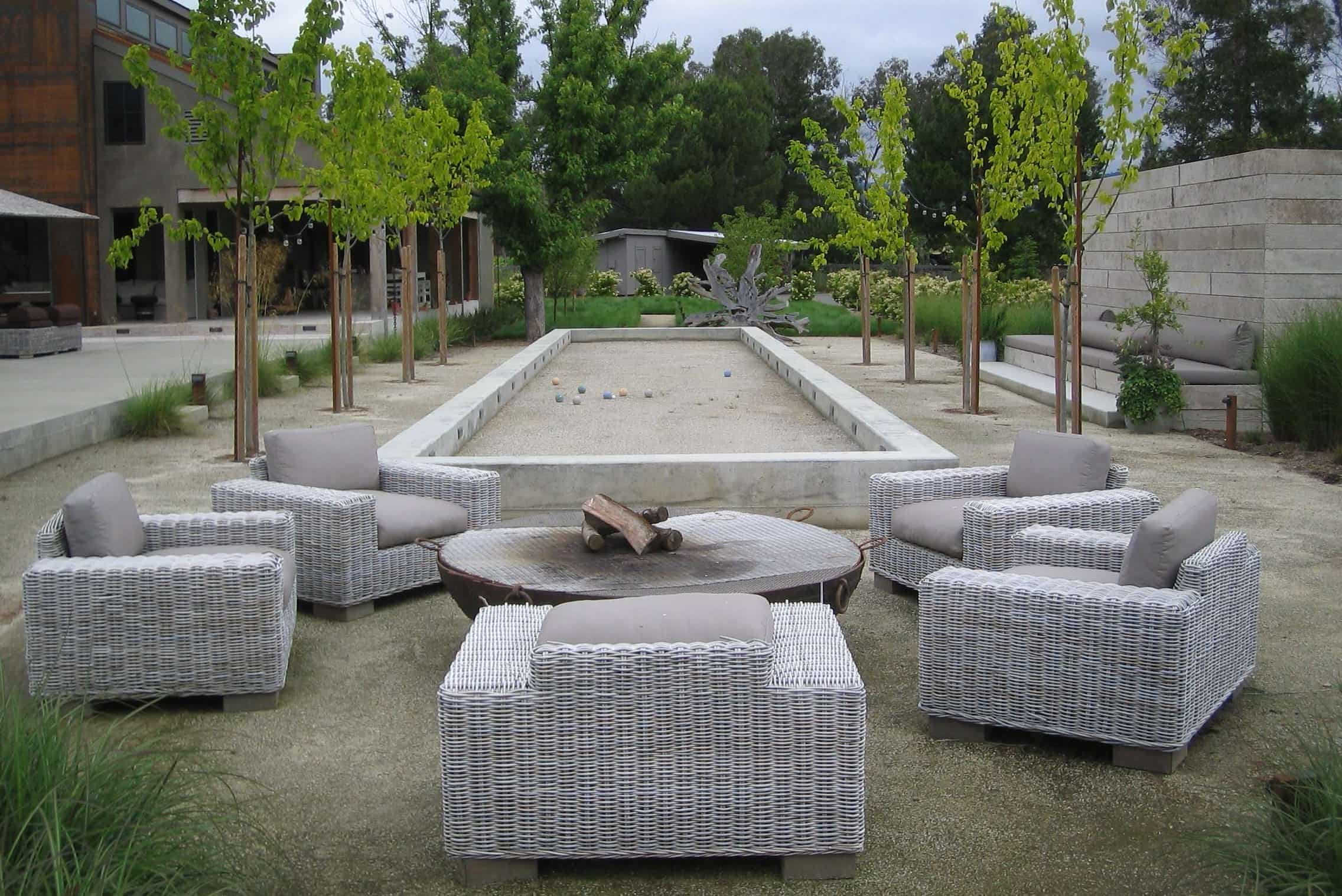
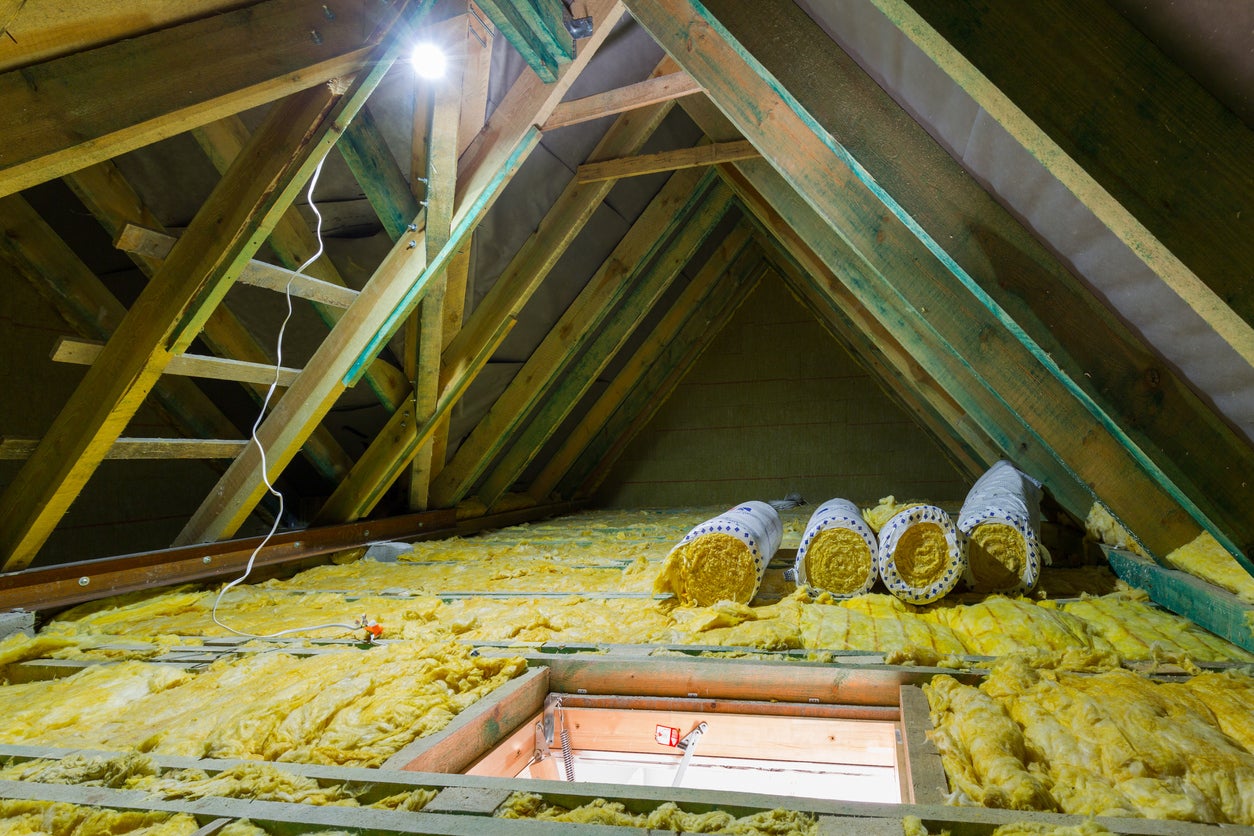
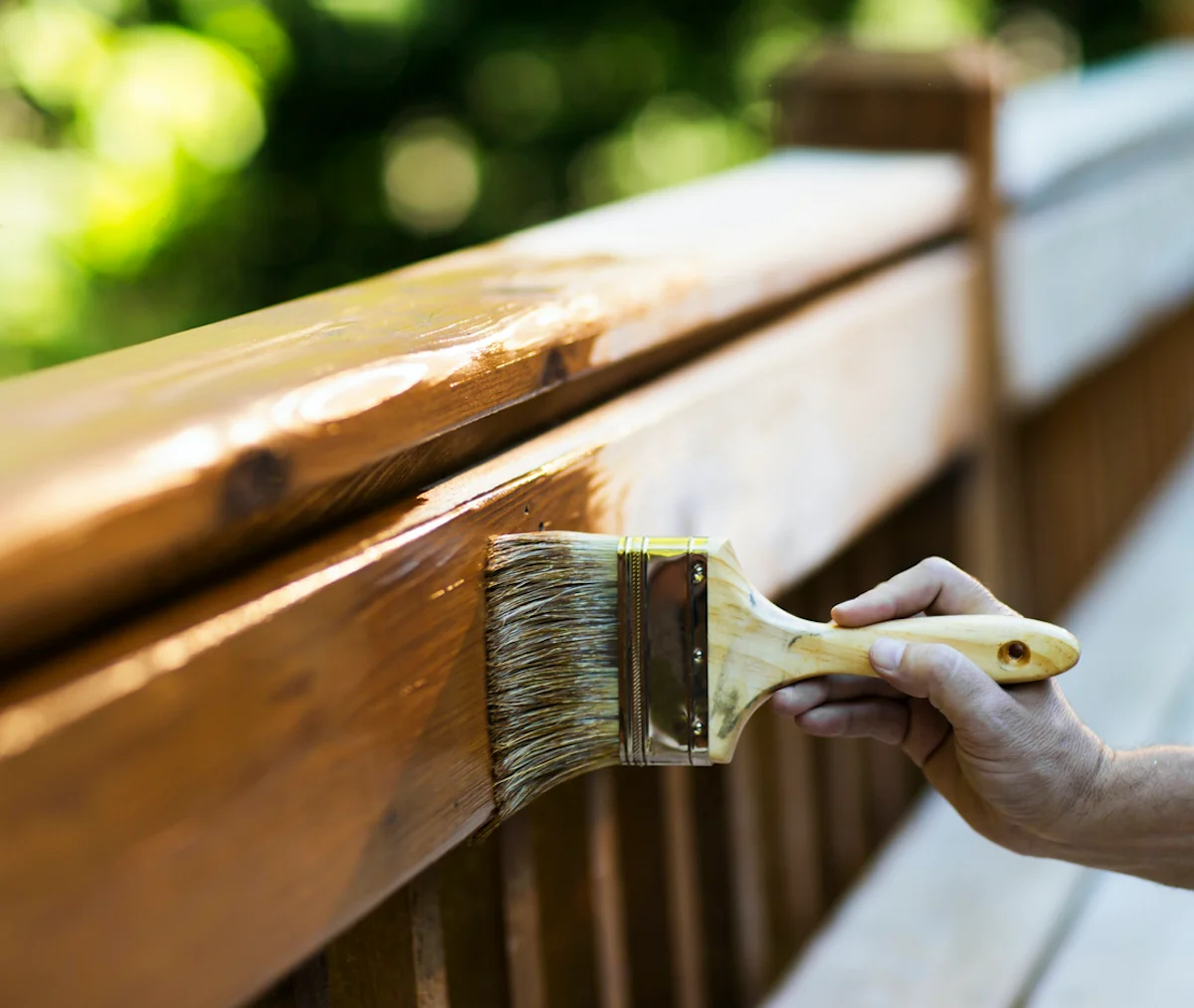
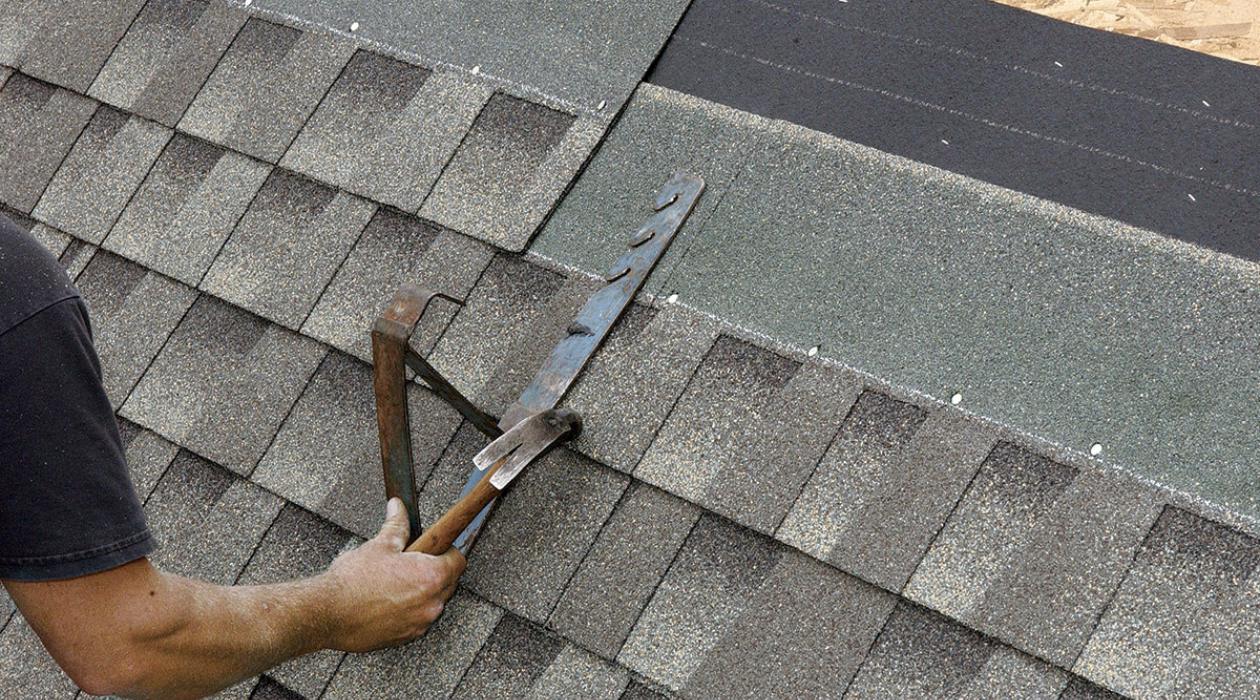
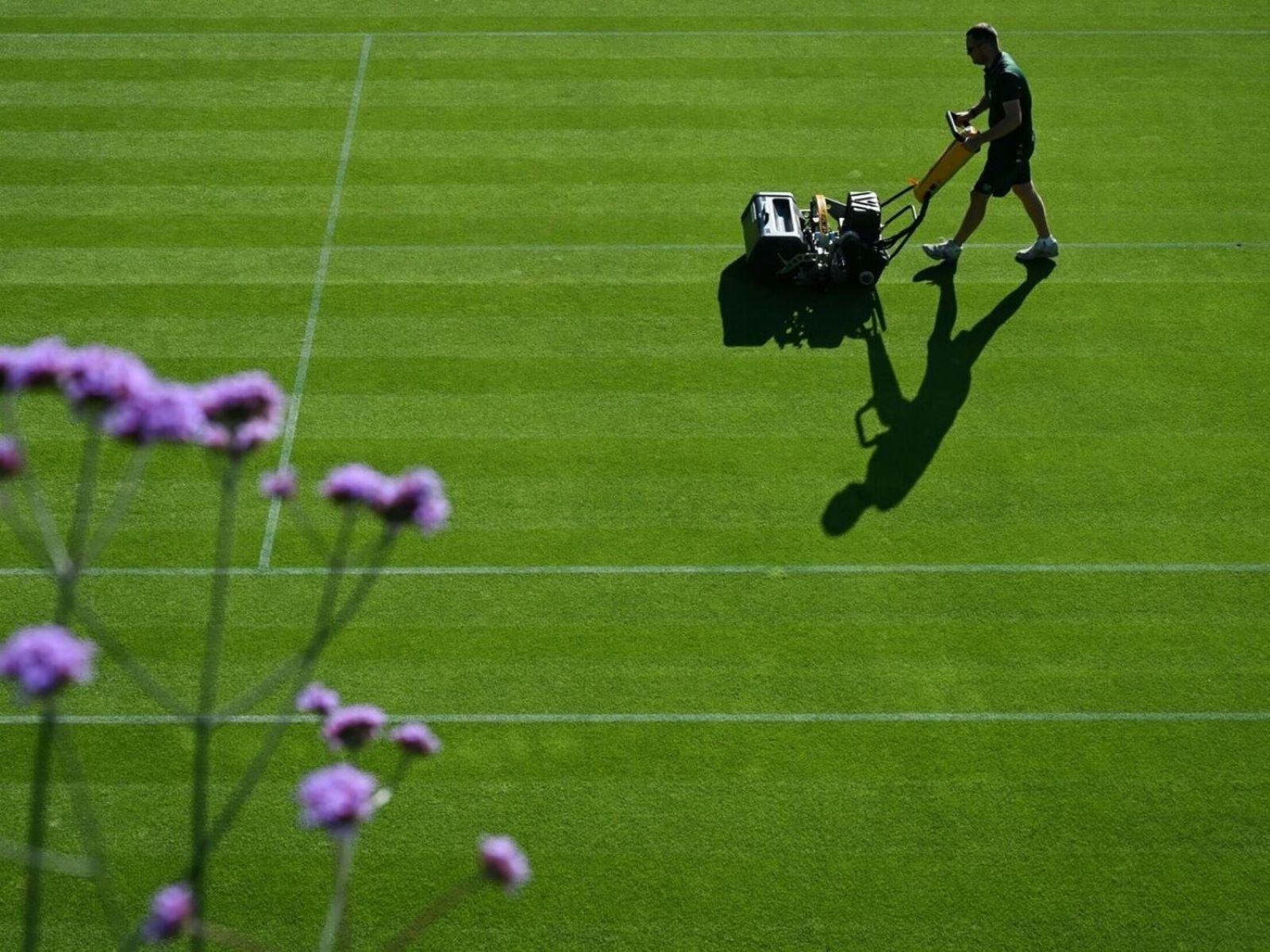
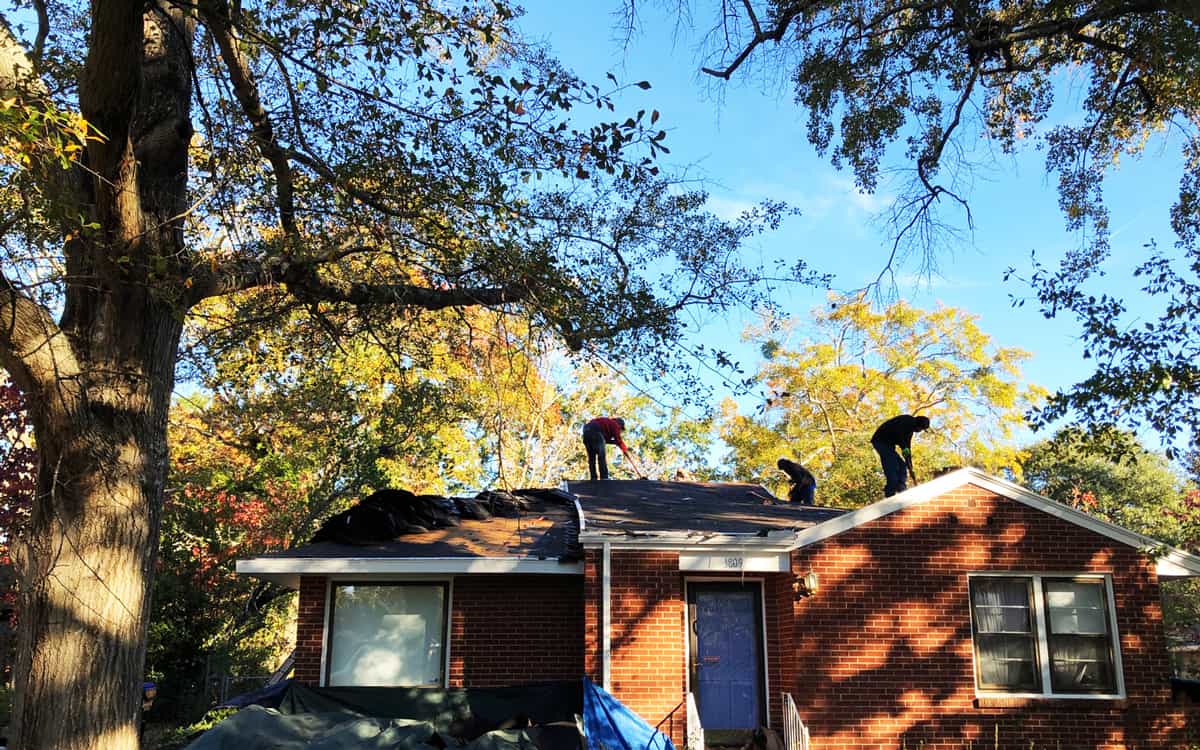
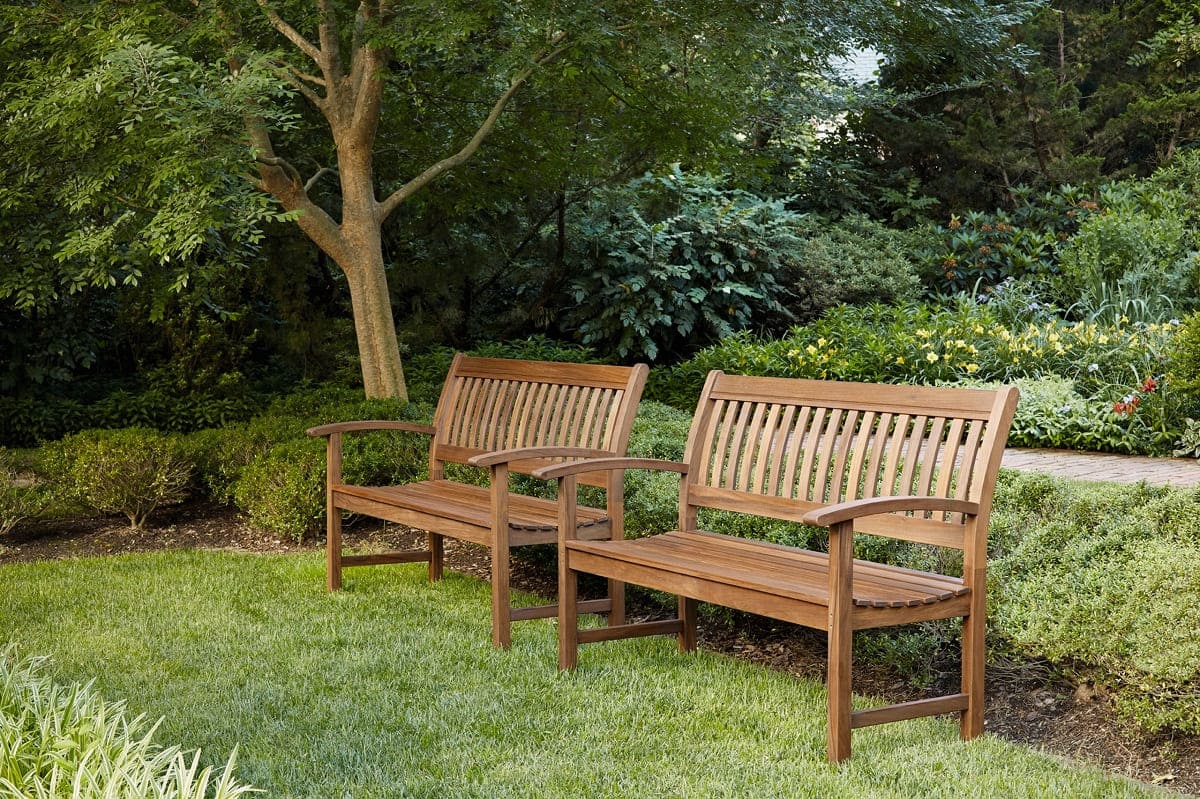
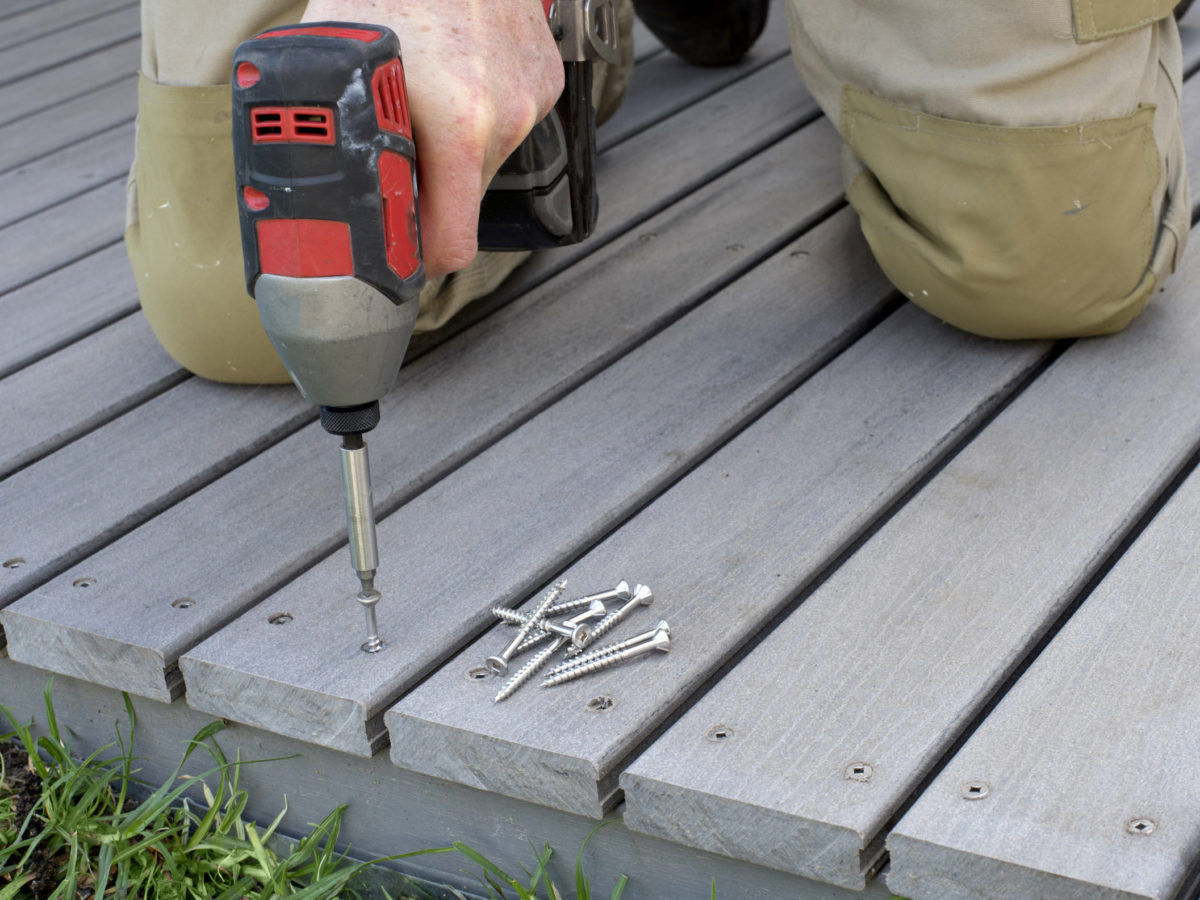

0 thoughts on “What Material Is Used For Outdoor Basketball Courts”